CITIES & URBAN DESIGN
Cities are at an inflection point. As concerns about global health continue and remote work trends take hold, people are beginning to question the need to live in big cities, especially as urban centers struggle with issues of affordability, low levels of transit ridership, overcrowding, and more. Cities can use this moment to imagine a new community-focused model for growth, one that is more convenient, inclusive, resilient, and healthy.
Confidential Mixed-Use District
01
More cities will think regeneratively to combat climate change.
To address climate change, pollution, and natural resource depletion, a more regenerative, resilient approach is required to planning and developing cities. Urban centers with circular metabolisms, or “circular cities,” minimize sprawl, repurpose waste, and increase biodiversity. Green infrastructure and natural resource conservation are critical strategies. The engineered urban environment should be in balance with the carrying capacity of natural systems.
02
To reimagine downtown cores, cities will need to adopt a mixed-use mindset.
The trend away from single-use Central Business Districts (CBDs) into places with a greater mix of uses will continue. Diversity in building types and uses, and diversity at many different levels (city, neighborhood, building) are key. For example, more residential and pedestrian-oriented uses with more green space can be infused into CBDs to make them more inclusive, resilient, sustainable, and healthy. Cities should also adopt mixed-income and multigenerational communities to become more diverse and inclusive.
03
Equity and accessibility will continue to define the 20-minute neighborhood.
The 20-minute neighborhood concept is a tool to create social cohesions and strengthen sense of community, so equity is a critical part of the conversation. Equitable transportation, housing, employment, and technology infrastructure are key parts to well-rounded neighborhoods. Investing in accessible and affordable high-speed internet as a public utility is critical.
04
Investing in parks and flexible streets can create healthier cities.
Designers and urbanists will continue to prioritize pedestrian-oriented urban spaces over car-centric developments, which means outdoor spaces will be a key ingredient. Access to nature through landscaped public plazas, green spaces, sidewalks, and urban parks increases health benefits and creates community by reducing stress and depression, promoting positive emotions, and facilitating cognitive functioning. Privately owned public spaces (POPs) that connect to the public realm also help in creating these healthy places.
05
Rising cities will provide compelling alternatives.
Rising cities are booming as people seeking more value and space look to relocate from large cities to more affordable, less dense places. To be a compelling alternative, a rising city should build arts and culture, look for ways to create more equity and diversity, and celebrate its local DNA in new developments.
06
Mobility’s next phase will advance our cities.
From e-scooters to e-bikes, improvements in vehicles powered by an electric motor and battery are transforming first- and last-mile mobility. Beyond the benefits for tackling climate change, the shift to electrification has even broader implications for how we might reimagine our urban environments and city streets. For example, gas stations and parking garages could be repurposed for new uses that promote health and wellness. Using mobility innovation as a catalyst, we can remake our cities toward a much more human-centric model.
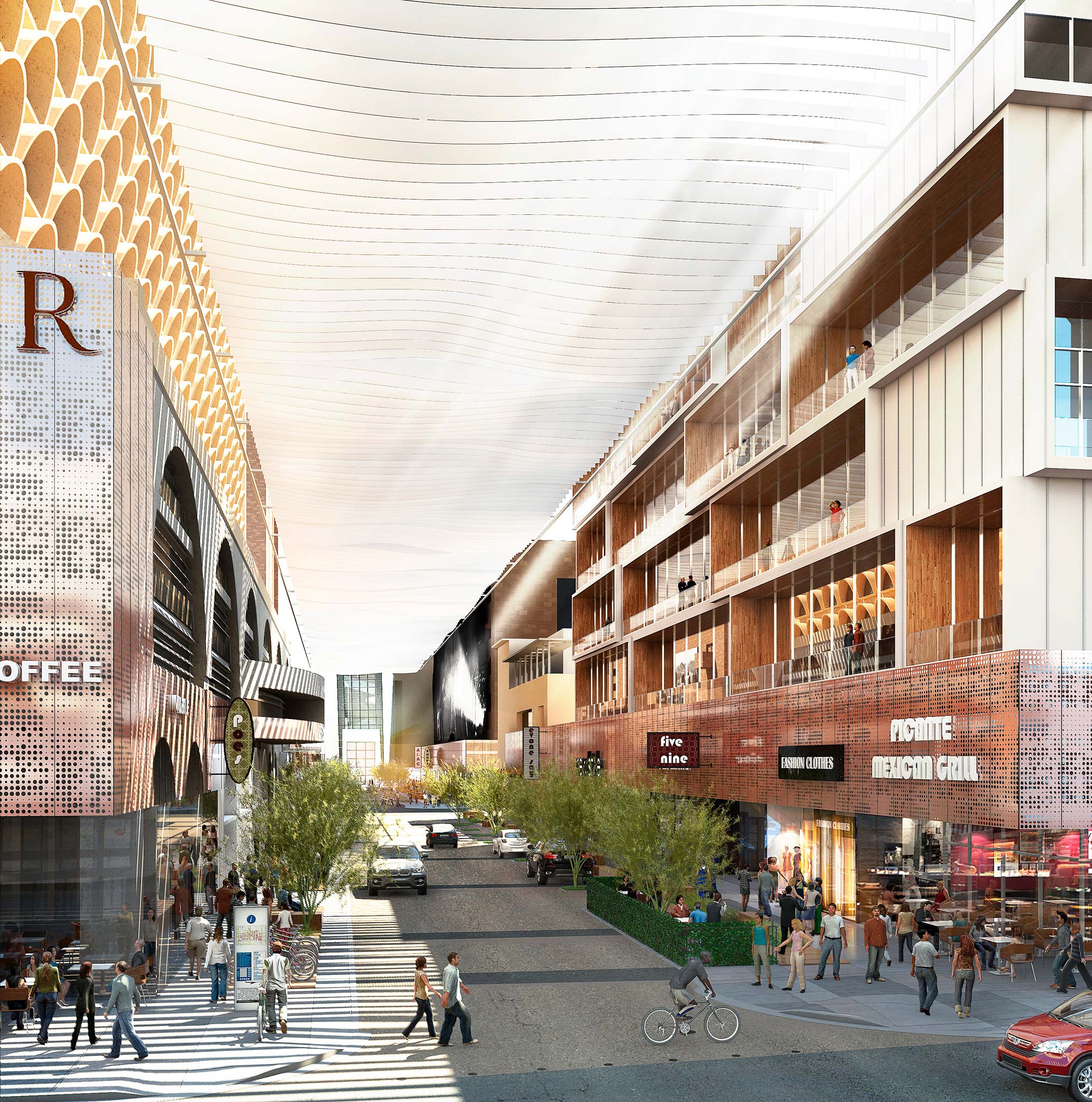
Adams Street Activation Study, Phoenix
“To address climate change, pollution, and natural resource depletion, we must take a more regenerative, resilient approach to planning and developing our cities.”
—“Why Circular Cities Play a Critical Role in Restoring Ecologies,” Dialogue blog
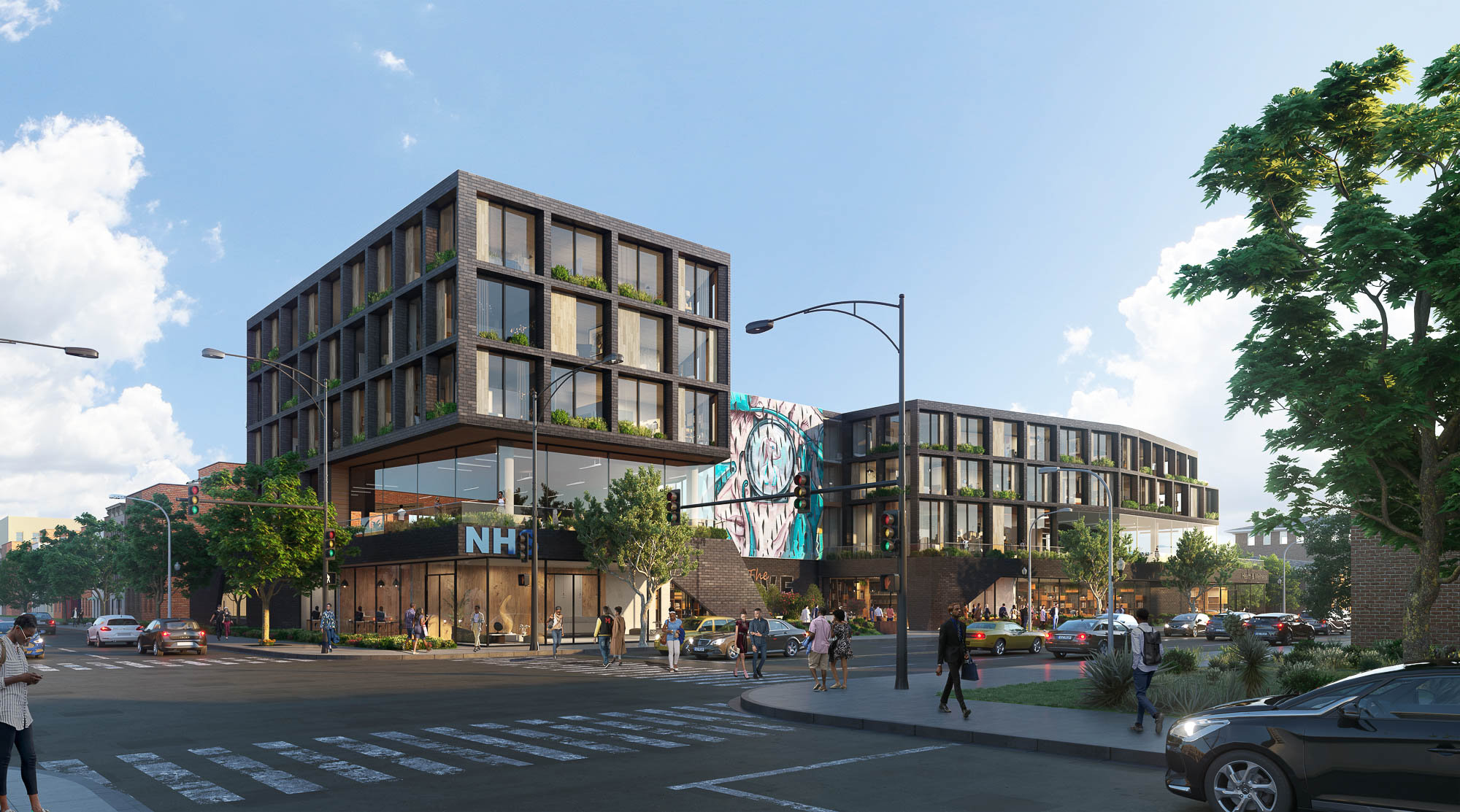
The Ave on Chicago Avenue, Chicago
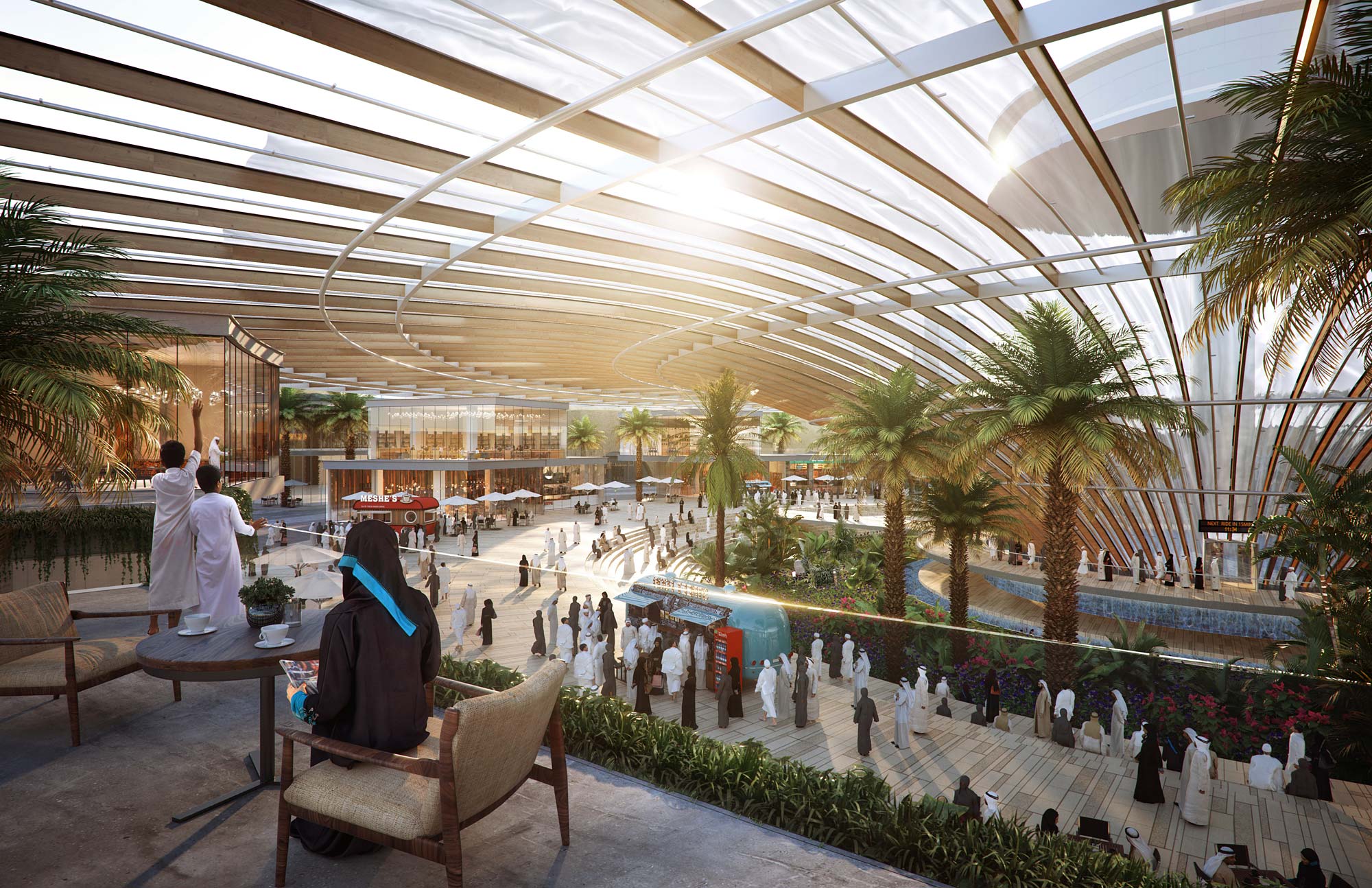
Al Bustan, Madinah, Saudi Arabia

A New Strategic Vision to Revitalise London’s Fleet Street Quarter
How the Fleet Street Quarter Public Realm Strategy is transforming London’s Central Business District into a vibrant, multimodal Central Social District.
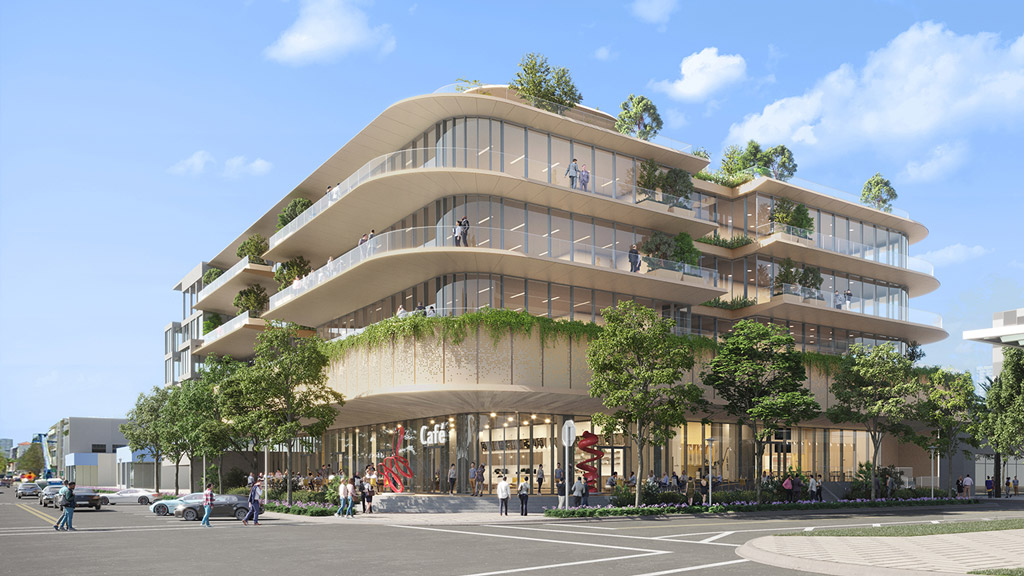
From Skyline to Shoreline: A Vision for Mixed-Use Spaces in Miami
Miami stands on the brink of an urban renaissance, with the potential to model a visionary urban landscape that champions sustainability, resilience, and vibrancy.
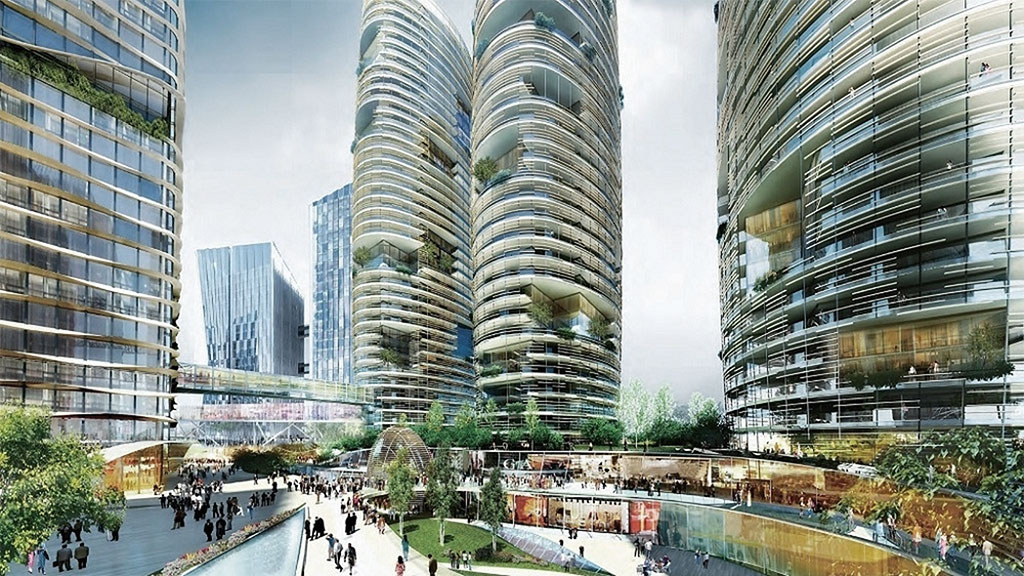
Reimagining Public Space in the Mixed-Use Indian Landscape
As integrated townships in India increase in popularity, we have an opportunity to create functional and resilient public spaces that increase community well-being.
“Because remote workers can now go pretty much anywhere, cities are going to have to start focusing on attracting residents, particularly millennials, and that means providing that smaller city experience, and not just focusing on attracting businesses.”
—Sofia Song, Global Cities Lead, Gensler

Riverfront Jacksonville Master Plan
Jacksonville, Florida
Gensler designed a comprehensive, multi-phased, mixed-use plan for the Northbank Riverwalk area of Downtown Jacksonville that will feature 12 new hotels, apartments, condominiums, commercial office space, retail, specialty restaurants, a food hall, and exhibition and entertainment buildings.
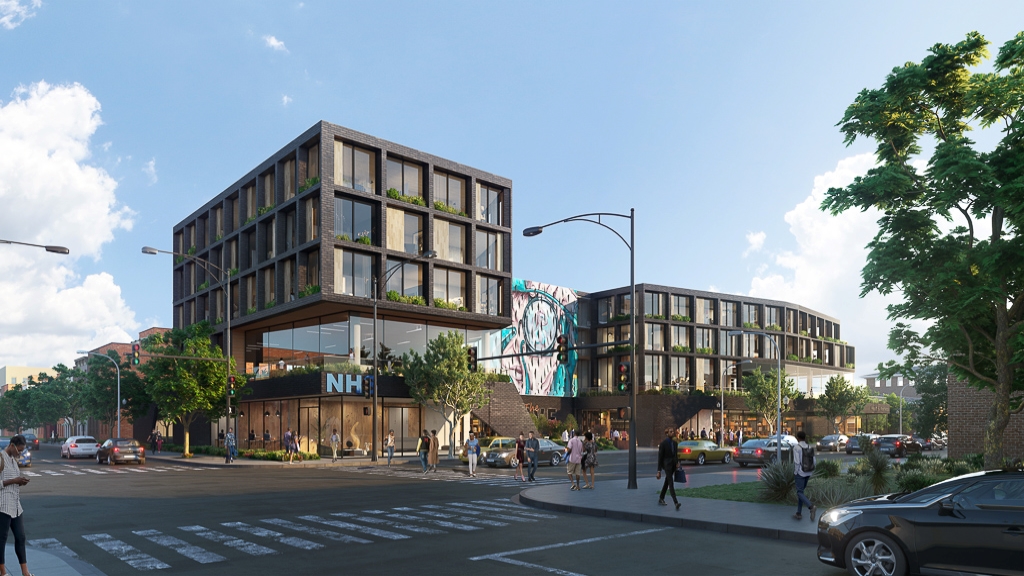
The AVE + West Humboldt Park Corridor Plan
Chicago, Illinois
As part of Chicago’s INVEST South/West initiative, Gensler was selected to lead master planning for a 10-block corridor strategy plan to transform a stretch...

Southtown Redevelopment Plan
Birmingham, Alabama
Gensler crafted a mixed-income, mixed use redevelopment plan for Southtown Court, a public housing development south of Birmingham's Downtown.
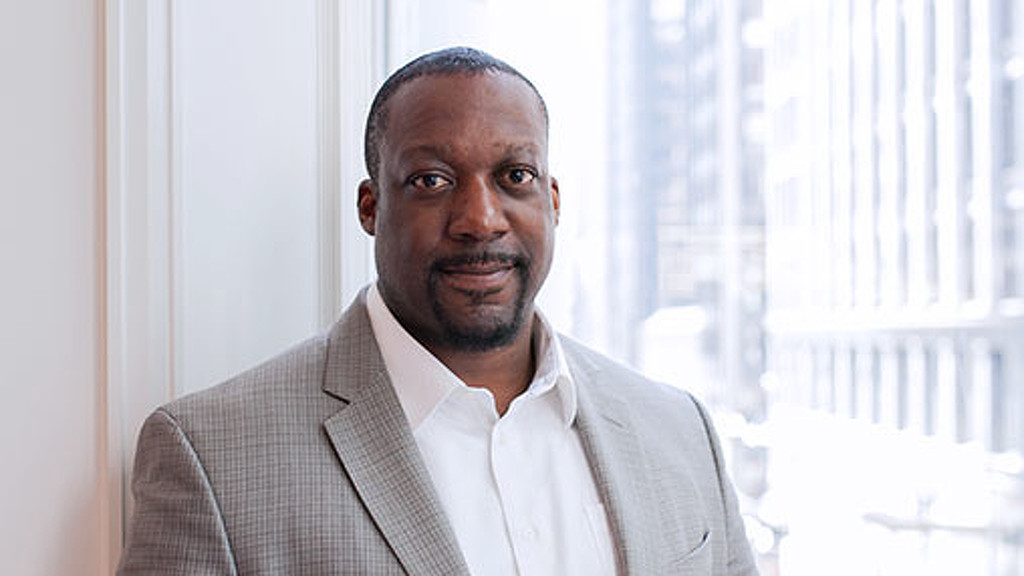
Andre Brumfield
Cities Sector Leader, Principal
Andre is a Principal and Global Cities Sector Leader at Gensler. He is recognized across the industry for leveraging his extensive experience in the fields of urban design...

Christopher Rzomp
Cities & Urban Design Leader, Urban Planner
Chris is a global leader of Gensler’s Cities & Urban Design practice, based in our Washington D.C. offices. With a portfolio ranging from small-scale neighborhood revitalization...
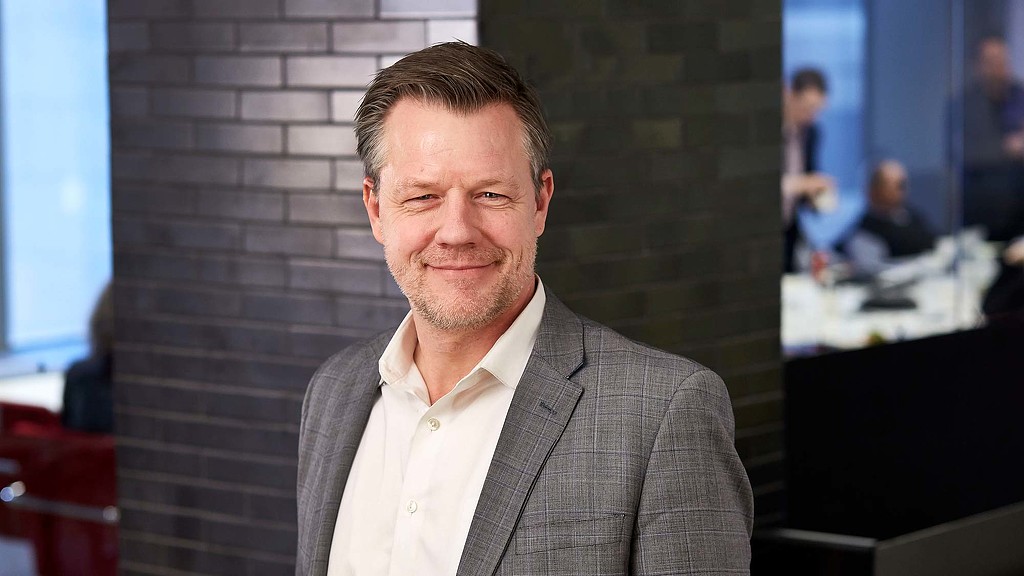
Oliver Schaper
Cities & Urban Design Leader, Design Director, Principal
Oliver is an inter-disciplinary Design Director and Cities & Urban Design Leader for the Northeast region whose expertise is developing holistic, civic-minded, and sustainable...
